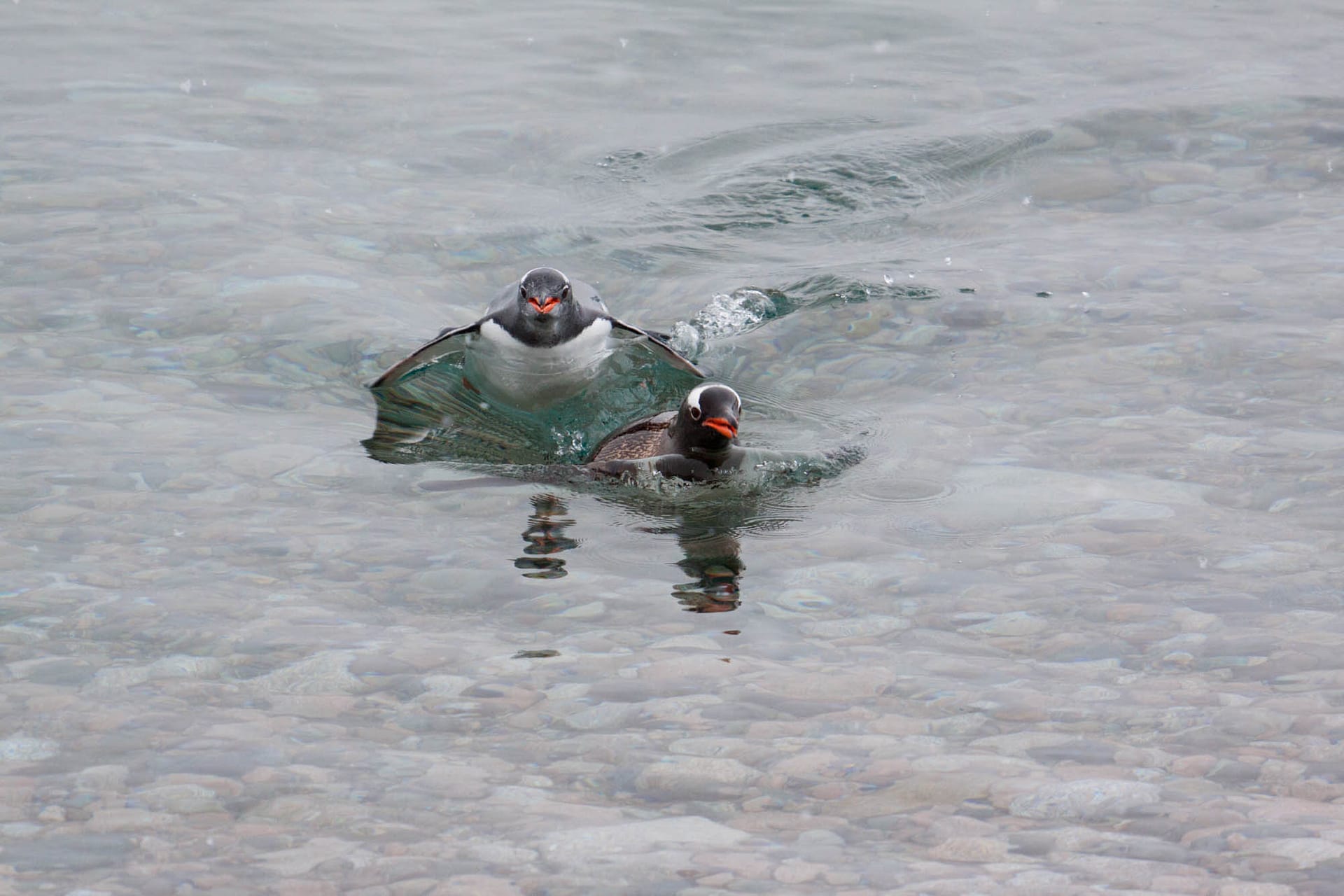
Species Spotlight: Snail Kite or, Snails and the Kites Who Love Them
Nov 13, 2015 | by Kevin Loughlin

Male Snail Kites are charcoal gray. Notice the thin hook on the bill for tearing snails from their shell.
Eastern Kingbird? Breeds as far west as Washington and Oregon. Philadelphia Vireo? Not so common in the City of Brotherly Love.
But every so often a bird’s name is right on the money. Such is the case with the Snail Kite (Rostrhamus sociabilis).
In the United States, Snail Kites are found only in Central and Southern Florida; their range mirrors that of their favorite food-source: the Florida Apple Snail (Pomacea paludosa). There are four species of Apple Snail which occur in Florida. Of these, only the Florida Apple Snail is native and considered beneficial.
But how beneficial can a snail be?
Apple Snails are VIM’s (Very Important Mollusks) to some Florida specialty birds, including the Limpkin and the Snail Kite, making up approximately 75 and 97(!) percent of those bird’s diets, respectively. From their nomadic lifestyle down to the way their bodies are shaped, just about every aspect of the Snail Kite and it’s life-cycle is related to its predominant food source. Honestly, this species spotlight is as much about Florida Apple Snails as it is about Kites.
Snail Kites are about the size of a Red-shouldered Hawk, medium-sized for a raptor. Adult-plumaged males are slate gray, females and immature birds are a cream color, streaked with chocolate-brown, although females always have light coloration at the base of the bill. All plumages have a white rump patch, similar to a Northern Harrier. They also hunt like Harriers, coursing low over their freshwater marsh homes in search of prey.
And that bill! As arguably the most specialized feeders in North America, the bill of a Snail Kite is perfectly adapted to it’s squishy prey. The hooked and sharp-tipped bill is shaped such that it can easily penetrate to sever the columellar muscle, the only muscle which physically attaches the snail to it’s shell. They are able to remove the snail and leave the shell totally intact. It is rare to witness a kite drinking as they get nearly all of their hydration from snails, which are almost 90% water!
Snail Kites move throughout their normal range in search of ideal snail habitat: shallow freshwater wetlands with aquatic vegetation which emerges beyond the surface of the water. This vegetation must be dense enough to provide ample forage for snails, but not so dense that it inhibits the kite’s ability to visually find food. Kites generally will not breed in areas which have snail populations of less than 1.4 snails per square meter. Depending on food availability they will vacate areas for weeks to years at a time. The species is a Florida state and federally listed endangered species due in part to their highly-specialized feeding requirements and also because of habitat loss and water contamination.
Come see Snail Kites and Apple Snails, along with a ton of other neat species with Greg Miller and me on our Big Year Tour series trip to Central Florida in January, or one of Wildside’s tours in Central or South America!
-Chris
Photos © Kevin Loughlin
Text by Chris Brown
































